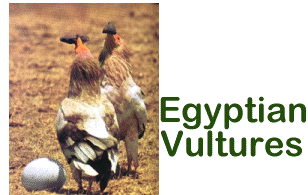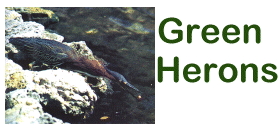Created by Lauren Kosseff
Benjamin Beck(1980) offers a fascinating story
about the ingenuity of a crow which lived in his laboratory. The crow was fed dried
mash, which needs to be moistened before the crow can eat it. However, the keepers
occasionally forgot to do so. The crow found a solution to his keepers'
absent-mindedness; he used a cup to get water to moisten the mash himself! The cup
had been given to the crow as a toy but he used it to collect water from a trough on the
other side of the room.
The anecdote about the crow offers an example
of tool use in animals. The study of tool use in animals illuminates similarities
between humans and animals in terms of problem solving skills, dexterity, and
intelligence. Does the ability of animals to use tools signify an intelligence level
close to that of humans? Many people define intelligence as the ability to adapt to
your environment, or make your environment serve your purposes. Is animal tool use
symbolic of that definition of intelligence? Tool use in primates is particularly
interesting because it sheds light on the abilities and lifestyles of early humans.
Two characteristics of an environment are
necessary to support the evolution of tool behaviors in animals. First of all, the
use of tools must be advantageous to the animal. The examples which follow
illustrate the advantages of tool use for the Egyptian vultures, chimpanzees, hooded
monkeys, woodpecker finches, and green herons. Secondly, animal tool use is
constrained by the availability of objects in the environment which make feasible
tools. Without access to stones, poles, pieces of wood, and cactus spines, these
animals would not have been able to acquire the uses of tools which they have.
Tool use is actually more prevalent in captive
birds and mammals than in their wild counterparts. Of course, observation of tool
use is much easier with captive animals. However, the more frequent use of tools in
captive environments is supported even when an adjustment is made for this bias.
The reason for higher rates of tool use in captive environments relates to environmental
opportunity. Captive animals are relieved of many chores which they have in the wild
because they are provided with adequate food and water, security from predators, and
protection from environmental extremes such as weather. Moreover, captive animals
are often provided with many manipulative objects.
Click below
to see information about tool use in specific animals:




